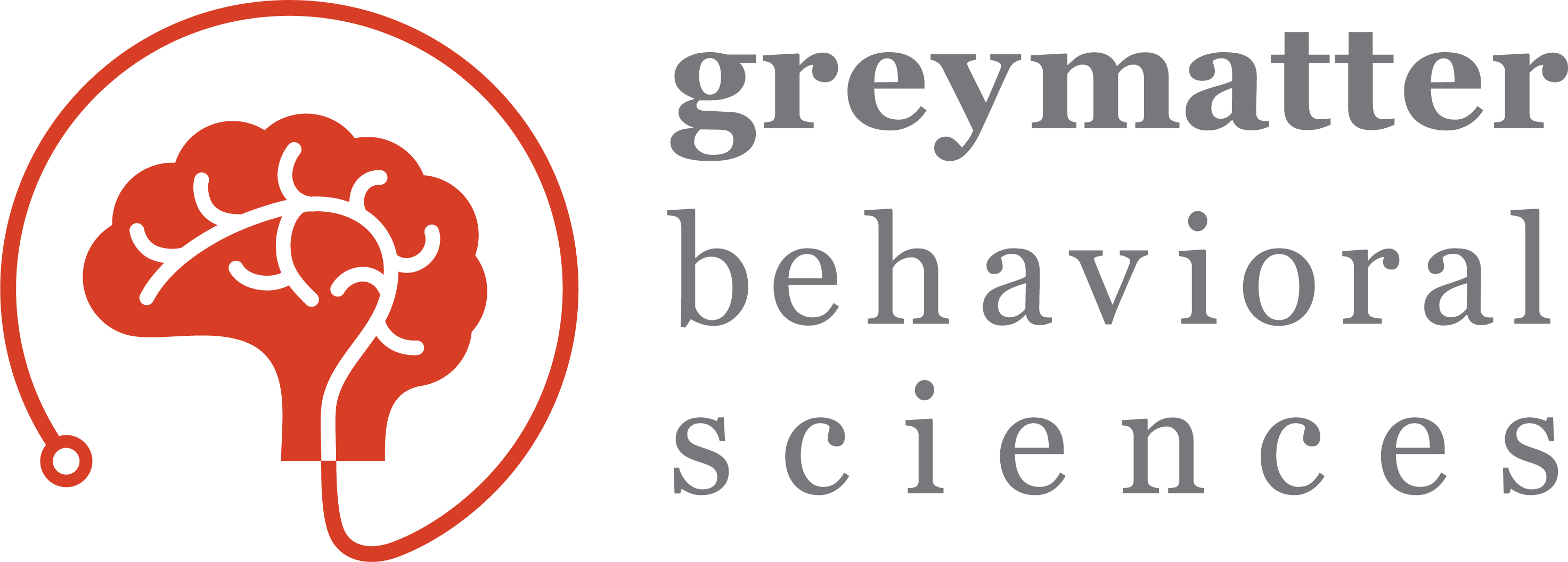Ideas
We're proud to serve companies that make a meaningful difference in people's lives – and the life sciences industry is no exception. In this article, we provide thoughts on three ways life science companies can leverage behavioral science in their drug development and commercialization activities, with the aim of developing insights, and taking actions, that will most effectively activate, engage, and support patients in unlocking the benefits of the industry's innovations.
A primer for anyone in the business of behavioral support and change
Read MoreIf you’re a beginner to behavioral science but you work in marketing, communications, or the design of almost anything that has shaping, supporting, or accommodating people’s behavior as a key factor for success, then this in-depth article is for you. Read on to discover in “three threes” what behavioral science is, what it can deliver, and what to know about the hidden complexities of the science to avoid the pitfalls and make the most of it for your objectives.
A foray into a common use of behavioral science
Read MoreBehavioral science may be more than just behavioral economics – yet the bias and heuristics lists inspired by the behavioral econ paradigm continue to appeal to lay practitioners as a tool for translating behavioral science into fuel for insight and action. Read on to learn what the science has to say about these various quirks in people's thoughts and actions – and what it means for the right and not-so-right ways to use these concepts when trying to unpack and address human behavior challenges.
Seeking ground truth at the crossroads of behavioral science and AI
Read MoreWhat might we expect from a black-box AI solution that claims to achieve insight into people's hidden mental processes from what’s reflected about them in primary or secondary research data? A look at another AI technology – facial expression recognition – gives us one way to think about the answer. Read on to learn more about the hidden issues that can exist with FERs, and what it means for the questions to ask about the emerging crop of even-more-ambitious AI-based behavioral insights tools.
Using behavioral science to explore telehealth barriers in HIV
Read MoreHow can we plumb the treasure trove of knowledge accumulated by behavioral scientists over the decades to help us think differently about people and the steps we may need to take to accommodate or support their behavior for positive purposes? As this in-depth article describes, pragmatic literature reviews can be an excellent way to go about it. Click to learn more about the steps that can go in such a review and what they can yield for a larger stream of work, using the design of telehealth services for the HIV community as a working example.
A building block for custom behavioral analysis
Read MoreHow can we take what we know about thinking, motivation, emotion, and behavior and turn it into fuel for tackling a specific behavior change challenge in a specific target group and context? Building a custom model for the drivers of the target behavior is one way to do it. This article describes a model of the mental processes from intention to action that can be used as a backbone for these efforts, allowing you to develop a picture of drivers that matter to your challenge and identify evidence-based actions you might take to intervene.
Published frameworks are often touted as the best way to get behavioral science into the hands of a broad range of practitioners – but they can be much more limited and open to ersatz application than is sometimes appreciated. This article explores these matters in the context of one of the most popular and ambitious frameworks out there today. Read on to understand what this framework is, where it can fall short, and what you can do to avoid the pitfalls when applying it in your projects.







